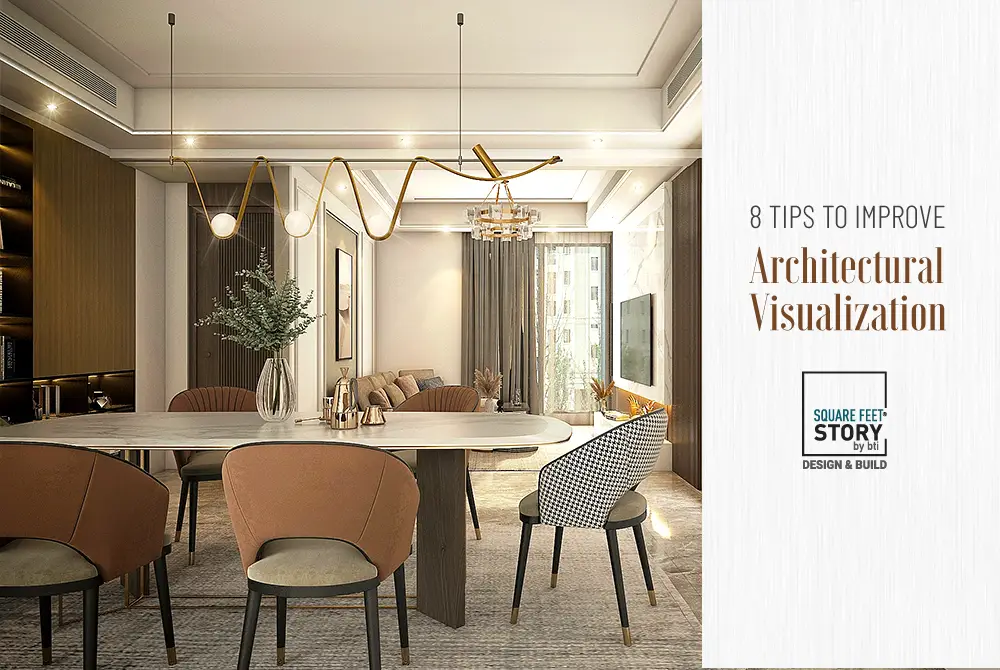
8 Tips to Improve Architectural Visualization
When designing a space, you automatically imagine how it might look based on your choices and preferences. Visualization of design concepts can be done with the help of expert architects and interior designers with the latest software nowadays. More recently, 3D visualization has become wildly popular. However, while visualization mediums have greatly been enhanced, what about improving the visual details themselves? This article delves into some of the things you should factor in before finalizing a design.
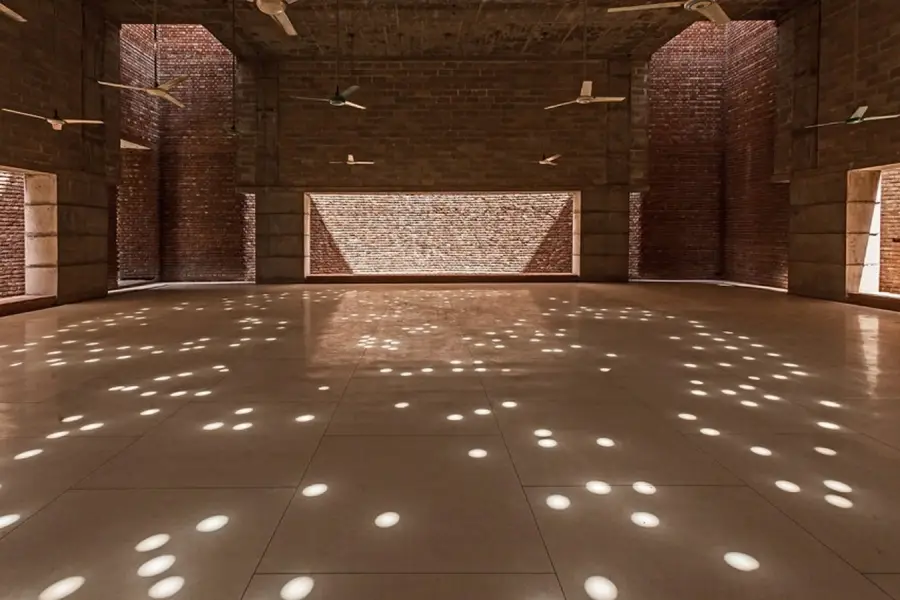
Bait ur Rouf Mosque tells the story of religious good and evil through innovative use of light and shadow
Story
Every space has a story to tell. One piece of furniture in a space can tell a completely different story than that same space filled with glitzy furniture. Since ‘story is king’, your space should be all about your personality. It could define your uniqueness. If you are like a wallflower, your space will accurately portray that. If your persona is more outgoing, your space can reflect that. Therefore, think of the story you are trying to tell in that space and discuss it with the experts.

Composition
If ‘story is king’, composition is its ‘queen’. The two factors go hand in hand. Composition is basically defining all the elements that will come together to tell the story of your space. Therefore, a bit of carelessness in the composition can make your space appear incomplete or shabby. Architectural visualization is inherently a form of art, which is why composition should be highly prioritized. Be it form, symmetry, hierarchy, repetition, scale, color palettes, or transformation, there are different principles in architecture that you could get yourself familiar with. Learning some of these principles that compose the physical architectural design will help you to visualize the design virtually as well.

US Capitol Building is inspired by ancient Greek architecture
References
As mentioned earlier, architecture is a form of art. Therefore, designers heavily rely on references from modern trends as well as classic and traditional architectural elements. The best part is that references are everywhere! You can visualize your bedroom as a Mughal-era space or something straight out of a Rembrandt painting. If you have a penchant for ancient architectural designs, do study paintings from different regions from time to time. Classic paintings offer a window to what the world was like before. You can take inspiration from the bygone eras and infuse with your modern sense of space visualization.
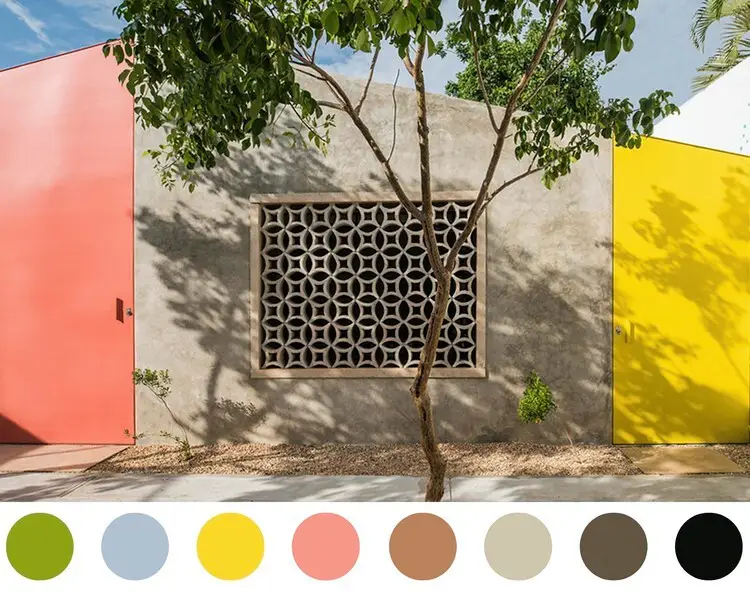
This color palette in conjunction with the design reminds one of the Middle East and its burgeoning flavors
Color Palette
Selecting the correct color palette for your space is absolutely crucial. You might notice that while you may have grand visualization details done, the color palette simply seems off. Sure, the color palette depends a lot on the architect’s decisions on the materials to be used to design the space, but it also depends on your preferences.
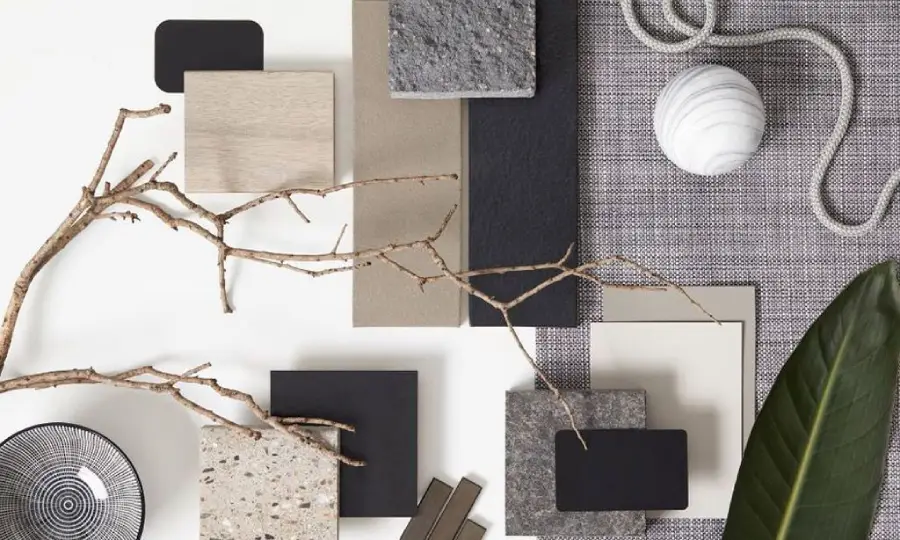
A typical mood board in architecture gives an idea of the composition, story, and color palette
Mood
Like story and composition, colors and moods are intertwined together. Color psychology is heavily studied by architects and interior designers because colors set the mood of the space. A bright red space appears so energetic it can tire you out, while a space with zero color and all-white facade can bore you instantly. Studying the moods set by different colors in a space will help you make better decisions in space visualization.
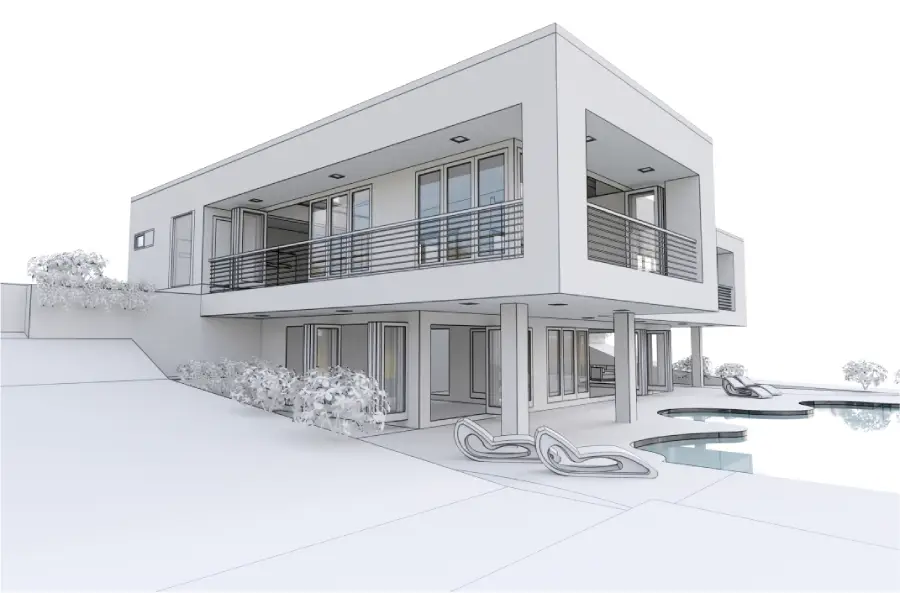
A typical 3D visualization
Information
Your visualization for space should carry relevant information to help the designers, construction workers, and anyone viewing it understand what your space is about. A space may have a story to tell, but if you do not place relevant details for those who will study your visualizations, it could lead to deep miscommunication between you as a client and your design team. Many clients visualize spaces and leave everything else to the designers because they are experts. However, if you do not properly explain the story, composition, choice of colors, etc. behind your visualization, they may start working on a wrong note.
Visualizing your space may sound like an exciting process, but it has many layers of points that should be considered before finalizing the design. Studying the different aspects of architectural design is not as difficult. Rather, it is quite important, especially for a space you are about to live in for the rest of your life. Ultimately only your choices matter as a client. Let intuition and good guidance provided by this article allow you to envision your dream space like never before.

